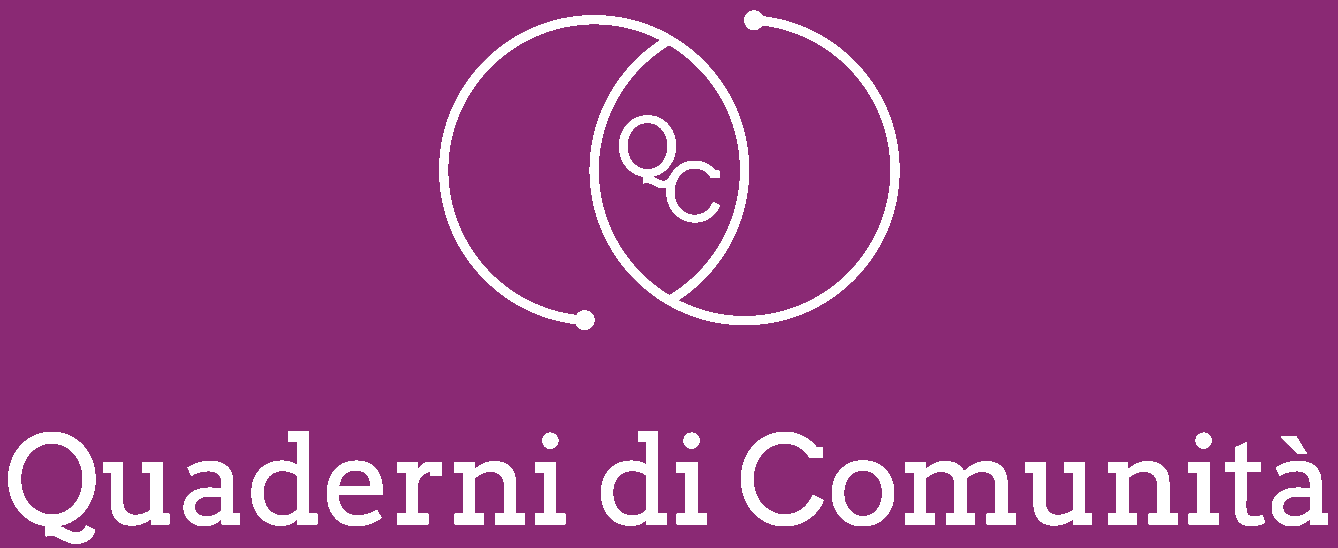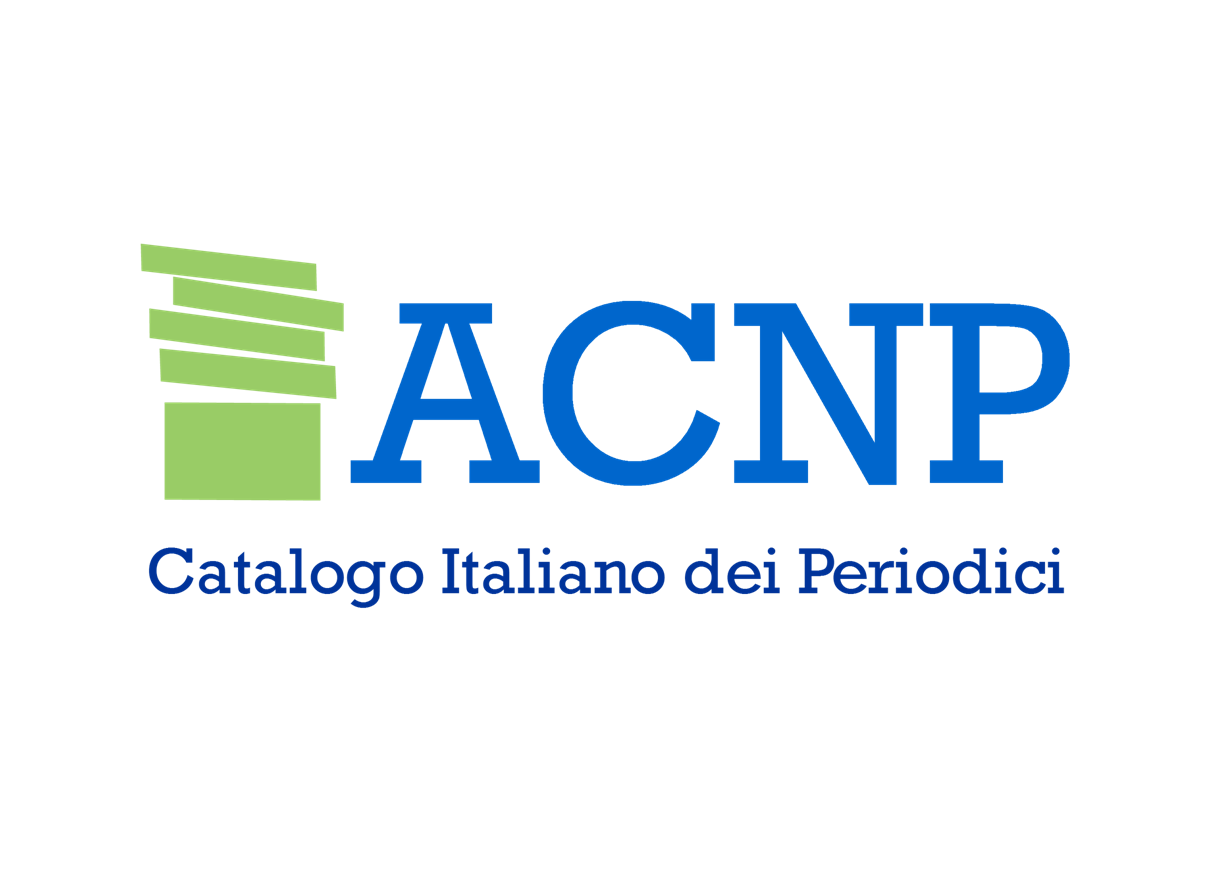The Contribution Of Vet To Twin Transition: Quality, Competence And Participatory Improvement Through Peer Review
DOI:
https://doi.org/10.61007/QdC.2025.2.381Keywords:
Vocational education and training, twin transition, peer review, quality assurance, teacher, trainer, competencesAbstract
This contribution presents peer review as a key strategy for transforming quality assurance of Vocational Education and Training (VET) systems, particularly in the context of the green and digital transitions. Grounded in the EQAVET framework, Peer Review is framed not as a bureaucratic exercise but as a participatory and competence-driven process. The article describes an in-progress study mapping the roles and competences required to implement peer review effectively. Using task and job analysis combined with semi-structured interviews and the Critical Incident Technique, the study identifies six essential roles, including emerging ones such as Green and Digital Managers. These roles contribute to a sustainable culture of quality and help align institutional practices with EU priorities. The paper emphasizes the strategic importance of investing in human capital to support systemic change and ensure VET’s proactive contribution to Europe’s twin transition.
References
Biemans, H. J. A., Nieuwenhuis, L. F. M., Poell, R. F., Mulder, M., & Wesselink, R. (2004). Competence-based VET in the Netherlands: Background and pitfalls. Journal of Vocational Education and Training, 56(4), 523–538.
Borgogni, L., & Petitta, L. (2003). Metodi e strumenti per la ricerca psicosociale. Milano: Raffaello Cortina.
Brannick, M. T., Levine, E. L., & Morgeson, F. P. (2007). Job and Work Analysis: Methods, Research, and Applications for Human Resource Management (2nd ed.). SAGE Publications.
Campion, M. A., Fink, A. A., Ruggeberg, B. J., Carr, L., Phillips, G. M., & Odman, R. B. (2011). Doing competencies well: Best practices in competency modeling. Personnel Psychology, 64(1), 225–262.
Carlini, D., & Evangelista, L. (Eds.). (2020). EQAVET e la qualità della IeFP in Italia. INAPP.
CEDEFOP. (2015). Handbook for VET providers: Supporting internal quality management and quality culture. Luxembourg: Publications Office of the European Union.
Council of the European Union. (2022). Council Recommendation of 16 June 2022 on learning for the green transition and sustainable development (2022/C 243/01). Official Journal of the European Union, C 243, 27 June 2022, 1–9.
Council of the European Union. (2023). Council Recommendation of 23 November 2023 on the key enabling factors for successful digital education and training (C/2024/1115). Official Journal of the European Union, C 1115, 24 January 2024.
European Parliament and Council. (2009). Recommendation on the establishment of a European Quality Assurance Reference Framework for Vocational Education and Training (EQAVET). Official Journal of the European Union, 2009/C 155/01.
European Training Foundation. (2020). Building lifelong learning systems: Skills for green and inclusive societies in the digital era. ETF.
Evangelista, L., & Fonzo, C. (2023). La metodologia europea della Peer Review: prima sperimentazione tra istituti scolastici e Centri di Formazione Professionale in Rassegna CNOS. Problemi, esperienze, prospettive per l’istruzione e la formazione professionale, 39.
Evangelista, L., & Fonzo, C. (2023). Self-assessment in vet and higher education: links and further developments. Quaderni di Comunità: persone, educazione e welfare nella società 5.0: 3, 2023, 121-153.
Flanagan, J. C. (1954). The critical incident technique. Psychological Bulletin, 51(4), 327–358.
Höckel, K., & Schwartz, R. (2010). OECD reviews of vocational education and training: A Learning for Jobs review of Germany 2010. OECD Publishing.
Levy-Leboyer, C. (2003). La gestione delle competenze. FrancoAngeli.
Published
How to Cite
Issue
Section
License
Copyright (c) 2025 Community Notebook. People, Education and Welfare in the Society 5.0

This work is licensed under a Creative Commons Attribution-NonCommercial-NoDerivatives 4.0 International License.






